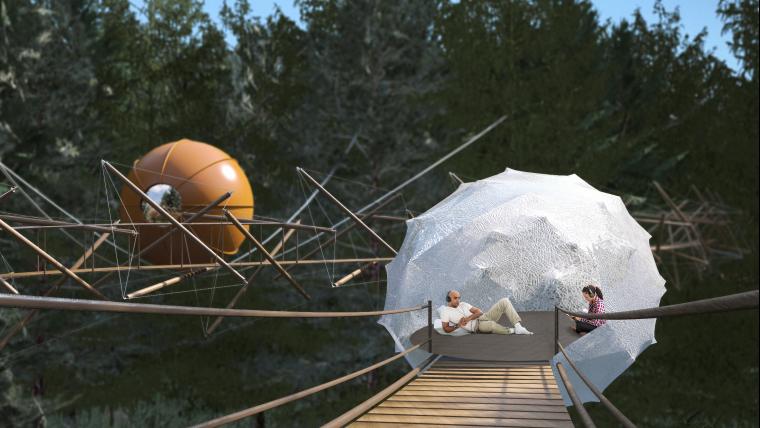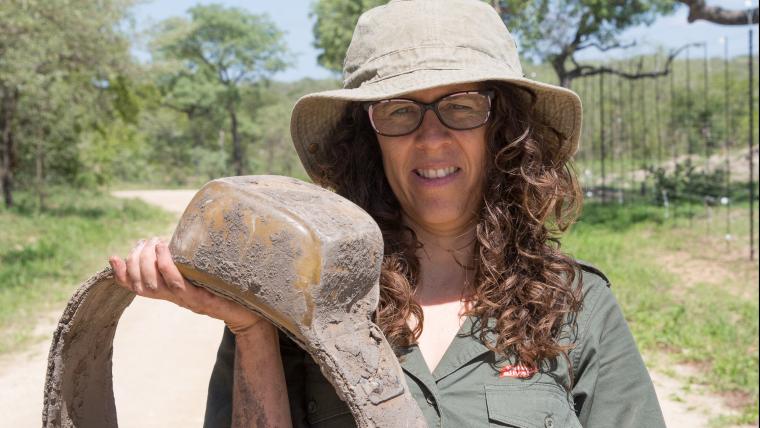
Why future cities will mimic the past
The more humans build, the more disconnected from nature we become. Towering skyscrapers are symbols of human progress, a vision of affluence and success. But it comes at a loss of the land itself. Sue Swain took stock of our environmental crisis and realised that solutions lie at the beginning. To survive, we have to go back to our roots.
“For us to coexist with nature I think we really need to humble ourselves and learn from nature,” Swain says. As the founder of the NPO BioWise, she uses biomimicry to create sustainable solutions to environmental problems. For centuries, humans have taken inspiration from the environment to construct and craft. Now, we have to do it in a conscious manner. A large part of Swain’s work focuses on turning waste into a resource, as the earth already does. “Nature teaches us how to manufacture in a way that doesn’t deplete, pollute, and poison the environment,” she says. Swain’s biggest project is yet to come, but promises to take the principles of biomimicry to greater levels.
Rather than glittering skyscrapers, Swain is developing a discovery park that functions like a forest. The park will act as a place of entertainment and education, where people can witness and experience how we can live in a more sustainable way. Swain hopes the development will encourage towns to adopt the natural world’s innovative methods, an effort that will give back to the planet that has formed our very lives. “Nature has perfected the art of thriving on earth,” Swain says. Now it’s up to us to save it.






























Please sign in to leave a comment